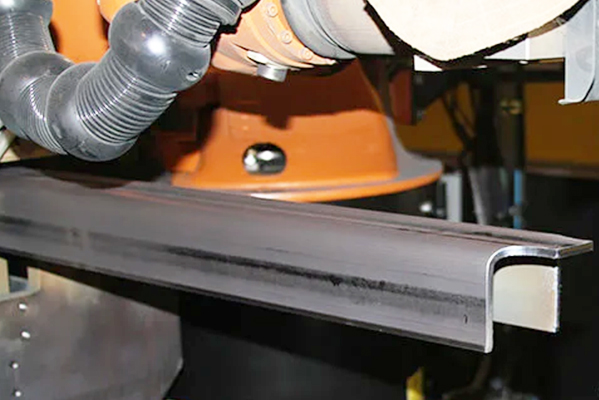Navigation Menu
Contact Us
- Email:
- info@wxavatar.com
- Address:
- Yurong Village, Yuqi Street, Huishan District, Wuxi, China.
Release Date:Mar 26, 2025 Visit:38 Source:Roll Forming Machine Factory
railroad components equipment play a crucial role in maintaining the safety and efficiency of rail transport systems. However, improper handling or negligence when using such equipment can lead to serious accidents, injuries, and operational failures. To ensure workplace safety and optimal performance, it is essential to recognize and mitigate potential hazards. Below are three major hazards to be aware of when working with railroad components equipment.
1. Mechanical Hazards
Railroad equipment, such as rail grinders, track jacks, and spike drivers, involves heavy machinery with moving parts. Workers face risks such as:
Crushing and Pinching Injuries – Heavy components like rail clips, tie plates, and fasteners can cause severe injuries if they shift unexpectedly.
Moving Machinery Accidents – Equipment like ballast regulators or tamping machines can lead to limb entrapment if safety guards are missing or ignored.
Falling Objects – During rail installation or repair, tools or materials may drop from heights, posing head injury risks.
Preventive Measures:
Always use proper personal protective equipment (PPE), including gloves, steel-toe boots, and hard hats.
Follow lockout/tagout (LOTO) procedures when servicing machinery.
Ensure all safety guards are in place before operation.

2. Electrical Hazards
Many railroad components, such as signaling systems, switches, and welding equipment, rely on electricity. Electrical hazards include:
Electrocution from Overhead Wires – Workers near catenary systems or third rails risk fatal shocks if proper clearance is not maintained.
Faulty Wiring in Equipment – Damaged cords or improper grounding can cause short circuits or fires.
Static Electricity in Fuel Handling – Sparks from static discharge near fuel or flammable materials can lead to explosions.
Preventive Measures:
Always assume overhead lines are live and maintain safe distances.
Use insulated tools and wear dielectric footwear when working near electrical systems.
Regularly inspect wiring and equipment for damage.
3. Ergonomic and Manual Handling Hazards
Railroad maintenance often involves repetitive motions, heavy lifting, and awkward postures, leading to:
Musculoskeletal Injuries – Lifting rails, ties, or other heavy components can cause back strains and joint damage.
Repetitive Stress Injuries – Prolonged use of hand tools like spike mauls or wrenches may result in carpal tunnel syndrome.
Slips, Trips, and Falls – Uneven terrain, loose ballast, or wet conditions increase fall risks.
Preventive Measures:
Use mechanical aids (e.g., rail lifts, hydraulic jacks) to reduce manual handling.
Train workers on proper lifting techniques and body mechanics.
Keep workspaces clear of debris and wear slip-resistant footwear.
Conclusion
Working with railroad components equipment requires strict adherence to safety protocols to prevent mechanical, electrical, and ergonomic hazards. By implementing proper training, using protective gear, and following best practices, workers can minimize risks and ensure efficient and safe rail operations. Regular inspections and hazard assessments further contribute to a safer working environment in the railroad industry.
By staying vigilant and proactive, both employers and employees can reduce accidents and maintain the reliability of rail infrastructure.